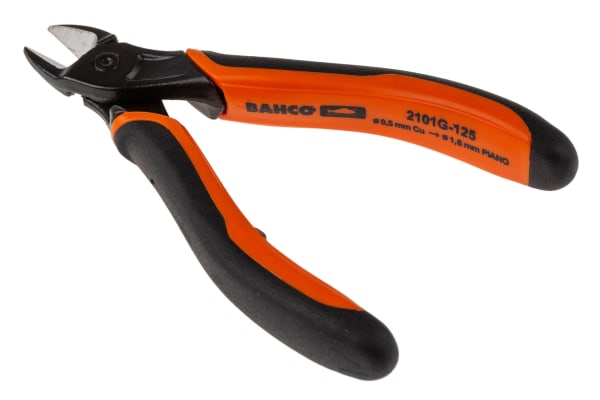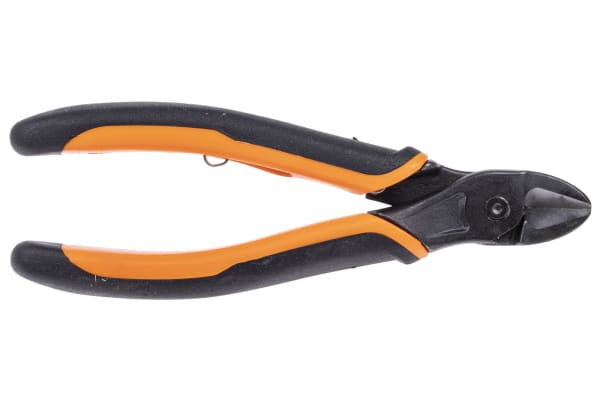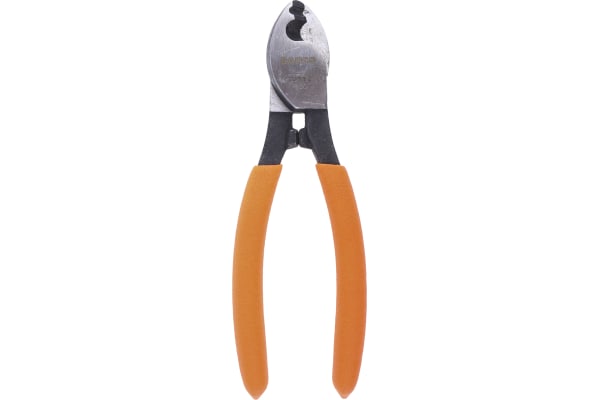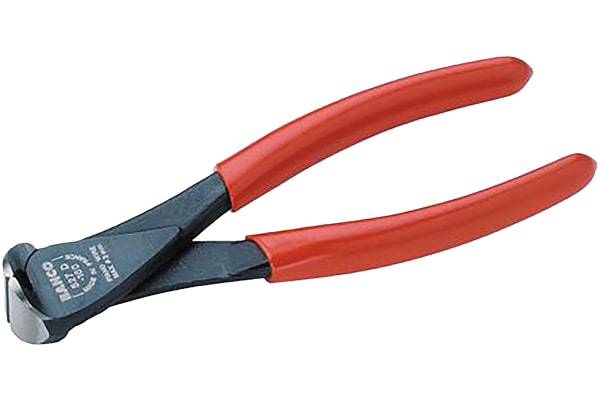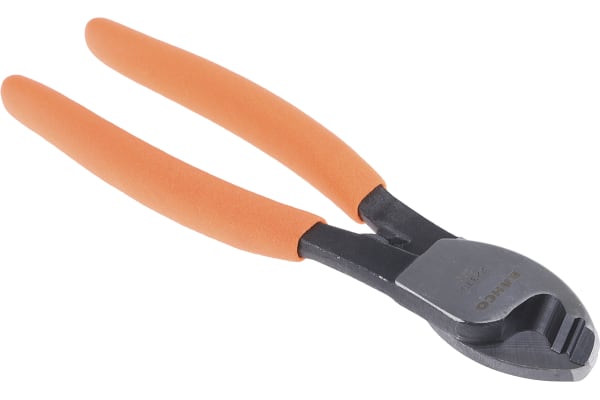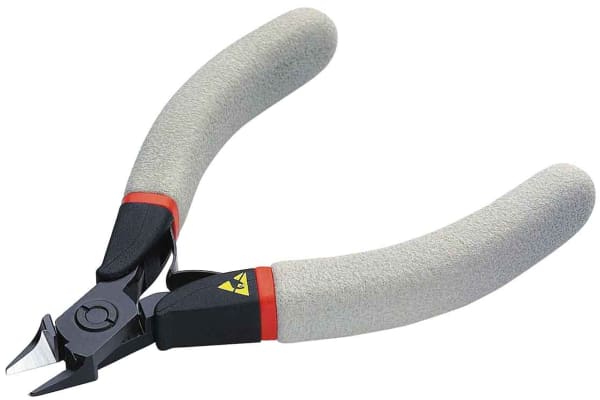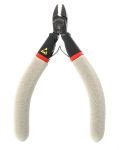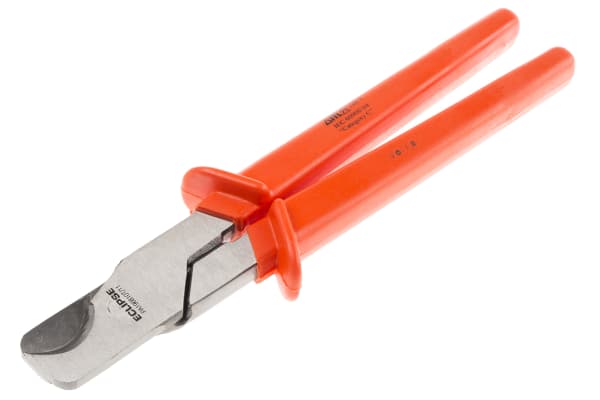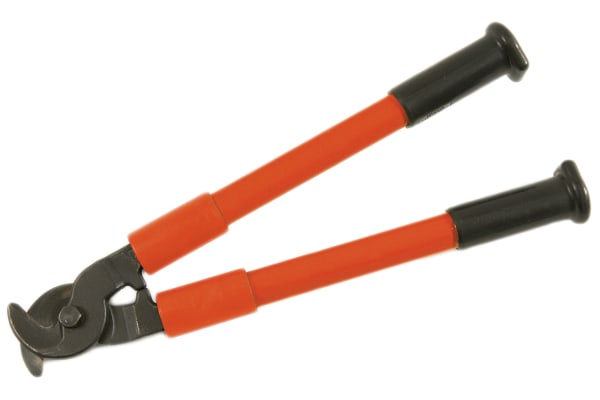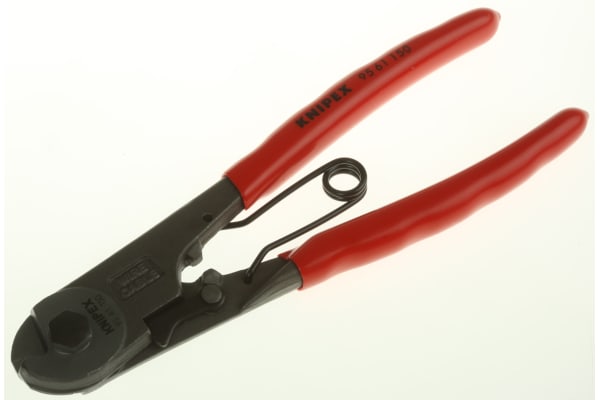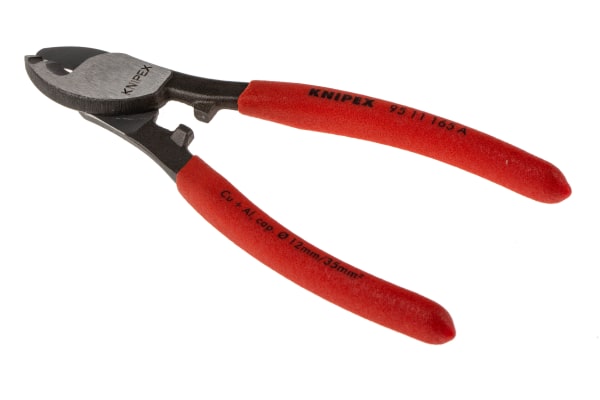Cable Cutters
Cutters are handheld tools designed for cutting a variety different materials such as metals and plastics, among others. Typically consisting of two levers connected closer to one end by a fulcrum, with the shorter end forming the jaw, cutters come in a variety of types and sizes. The three basic types are locking, adjustable and non-adjustable.In order to ensure user comfort, most models of cutters will have insulated handles, allowing you to be protected whilst working and providing a firm and comfortable grip. In addition to standard insulation or cushioning, some cutters will be VDE-insulated to protect the user when working with electrical equipment.What are cutters used for?While the name may be fairly clear, some variations of cutters can also be used to perform other actions. For example, linesmans cutters also have a small flat section along the jaw for gripping objects as well as their cutting surface. The application will dictate which is the best type of cutter for you to use.Types of CuttersUsed by professionals and DIYers alike to cut wires effectively, there are many types of cutters designed for specific applications:Diagonal cutters, also known as side cutters or side cutter pliers, are ideal for gripping, splicing or cutting wires, as well as stripping wire insulation. They cut by indenting and wedging the wire apart and give a cleaner cut than using a knife or scissors.End cutters are also known as nippers and are used to cut through wire, springs, nails, bolts and rivets. They have an almost flat-bladed head, which allows for a cut close against the surface without digging into it.Wire rope cutters are used for the clean shearing of wire rope without fanning. The jaws pull the wire rope into them and trap the cable before performing a clean cut.Snipe nose or needle nose cutters are designed to hold fine objects and cut them cleanly without applying pressure to the wider area, which larger cutters may do and cause damage.Cable cutters or wire cutters are most commonly used in electrical applications and are designed specifically to be used with cables and wires. While most have some form of covered handle for user comfort, it is important not to confuse plastic or rubber coatings with electrical insulation.Linesmans cutters are popular in communications and electrical tasks. They have a short gripping surface toward the tip of the jaw, and a cutting surface extends back to the fulcrum. They are ideal for cutting leads or stripping insulation.For more information on cutters, cutter types and best practices, read our comprehensive guide here.
-
Bahco 120 mm Side Cutters
VND2,427,904.92 -
Bahco 125 mm Side Cutters
VND2,281,234.69 -
Bahco 140 mm Side Cutters
VND1,481,766.86 -
Bahco 160 mm
VND1,683,046.12 -
Bahco 160 mm End Cutters
VND1,646,640.10 -
Bahco 160 mm Side Cutters
VND2,180,804.29 -
Bahco 180 mm Side Cutters
VND1,547,674.31 -
Bahco 200 mm
VND1,611,071.00 -
Bahco 240 mm Flush Cutters
VND1,608,351.01 -
Facom 110 mm Electronics Side Cutter
VND2,829,835.75 -
Facom 110 mm Side Cutters
VND2,775,226.72 -
Facom 120 mm Side Cutters
VND2,311,782.27 -
Facom 160 mm Electricians Scissors
VND1,997,100.35 -
Facom 165 mm Diagonal Cutters
VND1,320,868.99 -
ITL Insulated Tools Ltd 235 mm Diagonal Cutters
VND2,554,698.30 -
ITL Insulated Tools Ltd 259 mm Diagonal Cutters
VND2,491,720.07 -
ITL Insulated Tools Ltd 737 mm Diagonal Cutters
VND7,529,978.47 -
Knipex 140 mm Side Cutters
VND730,631.16 -
Knipex 150 mm Bowden Cable Cutter
VND976,894.87 -
Knipex 155 mm Scissors
VND1,268,561.49 -
Knipex 165 mm Cable Shears
VND1,084,229.86 -
Knipex 165 mm Cable Shears
VND1,381,754.92 -
Knipex 165 mm Cable Shears
VND2,423,301.86 -
Knipex 165 mm Cable Shears
VND1,382,801.07




